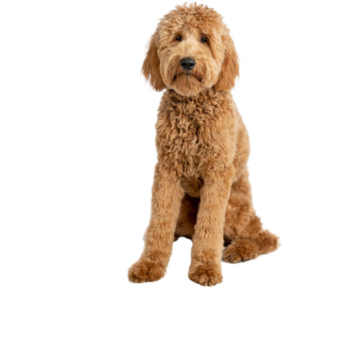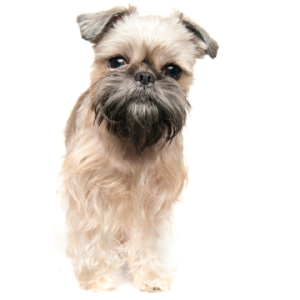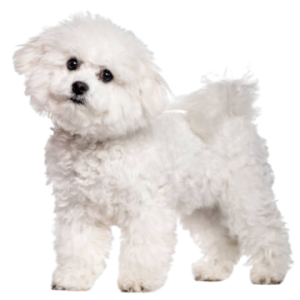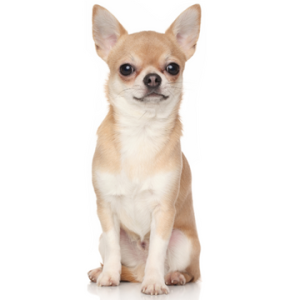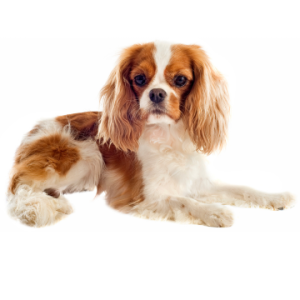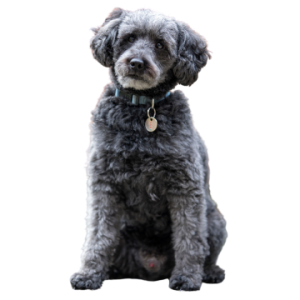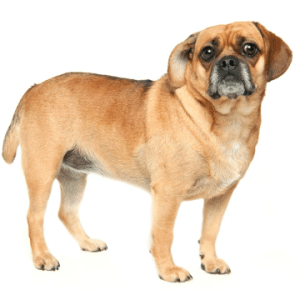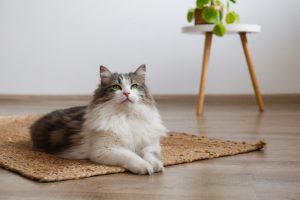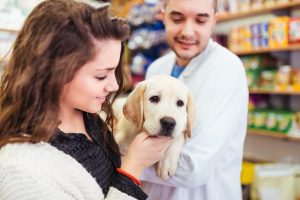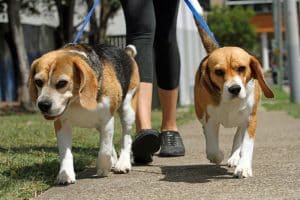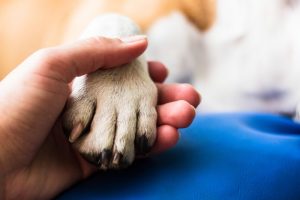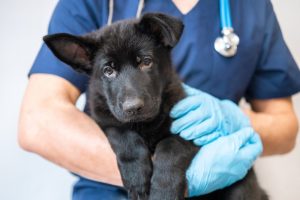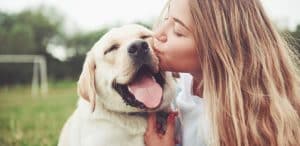The Groodle or Golden Doodle is a highly popular crossbreed between the Golden Retriever and the Poodle, combining the best traits of both parent breeds. They were first bred in the 1980s and since that time have become one of the most popular breeds of dogs in Australia. They come in a range of sizes and colours, mainly depending on the size of the poodle they were bred from, either toy, miniature or standard size, so they can weigh anything up to 40kg.
An F1 Golden Doodle is a puppy that results from the mating of two purebred parents. The resulting litter will have a wide variety of sizes and coat colours, some looking like Retrievers, and some looking like Poodles. F1B Groodles, which are 75% Poodle and 25% Golden Retriever, tend to have much curlier coats and are more hypoallergenic. The next generation after F1s are F2 and F2B crosses, which are typically even more hypoallergenic, and so on.
Groodles that have been bred by reputable breeders over several generations have a recognisable and standardised look, with large brown ‘teddy bear’ eyes, and a shaggy but soft coat that doesn’t shed. If they inherit a tight curly coat their grooming needs may be low, but if they have a longer coat, more like that of a Golden Retriever, they may not be so hypoallergenic and their grooming needs may be higher, requiring very regular brushing.
They are known for their extremely friendly and intelligent nature and gentle temperament and are extensively used as therapy dogs and personal assistance dogs. They are highly adaptable and make great companions for most families with children. However, they do have a high energy level so may not be suitable for apartment living if they are a medium to large dog.

